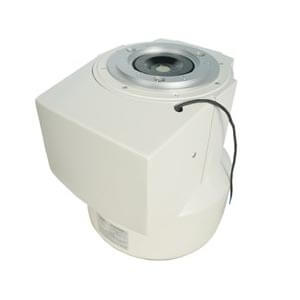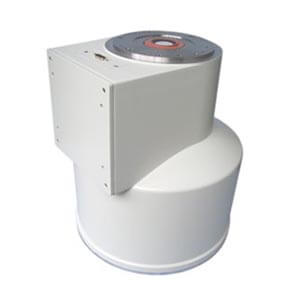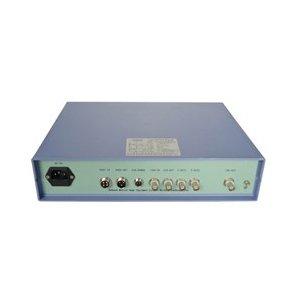Home›Blog ›X-ray image intensifier tube
X-ray image intensifier tube
X-ray image intensifier tube “enhance” or increase the brightness of an image through two processes:
(1) shrinking, emitting a given number of visible light photons from a smaller area;
(2) Flux gain, when electrons accelerated by high pressure strike more than visible light photons when they hit the screen.

The “night vision” device used in the military also uses this principle to observe targets in low light conditions.
X-ray photons impinge on a phosphor screen (input screen) with a slightly convex surface with a diameter ranging from 4 inches to 16 inches. The fluorescent emulsion of the input screen is a thin layer of cesium iodide (Csl). The earlier X-ray image intensifier tube input screen consisted of zinc cadmium sulfide (ZnS: CdS). The main advantage of CsI over ZnS:CdS:Ag is that it increases the absorption of X-rays due to the presence of higher Z (atomic number) components in the CsI phosphor and the accumulation of CsI molecules in the fluorescent particles. Higher density.
Author:Alina
Product Category
News
Contact us
Tel: (+86) 18953679166
Whatsapp: +86 18953679166
Email: service@newheek.com
Company: Weifang Newheek Electronic Technology Co., Ltd.
ADD: E Building of Future Star Scientific Innovation Industrial Zone of No.957 Wolong East Street, Yulong Community, Xincheng Sub-District Office, Weifang Hi-tech Zone, Shandong Province, China





